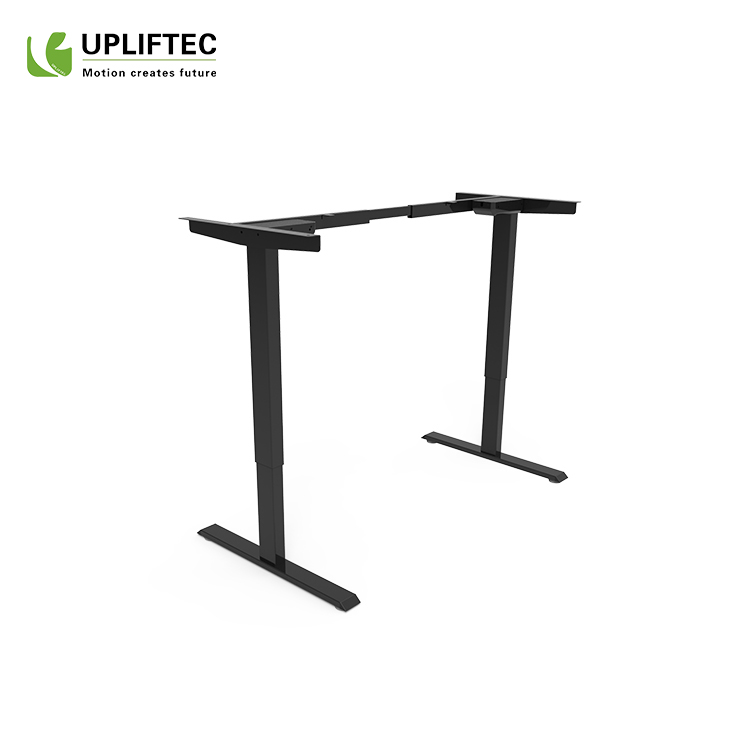In the beer bottle market, to make PET bottles replace aluminum and glass bottles and successfully occupy a certain market share, the key issue is to improve its barrier properties against gas and carbon dioxide infiltration. And there are attractive costs and quality, as well as good environmental performance.
In recent years, many countries have developed a variety of alternative technologies. Including materials used PEN, a variety of new multi-layer composite technology, plasma coating technology.
First, multi-layer technology
Multi-layer composite designs have become the most widely used technology for commercial PET beer bottles for enhanced barrier properties. The German Sclundsach-Iubeca is a pioneer of this technology. The company not only packs its own Urlpils brand beer in Germany with this technology, but also supplies bottled French Karsbran beer. Not long ago, Sweden's Pipps-ingnes brewery also introduced the company's 0.45-multilayer bottle for its popular Pipps-Bla beer. At the same time, the larger British brewery Carlsbefg also introduced this multi-layer composite technology. Australia’s Brau-unio uses this bottle for their new non-alcohol beer for packaging experiments.
However, some people think that there are still deficiencies in multi-layer technology. For example, delamination may occur, recycling may become more complicated, and costs may increase. For this reason, some manufacturers have developed different technologies with different characteristics in order to improve PET barrier properties.
Second, the development of plasma coating technology
Plasma coating technology has become the latest topic to improve the barrier properties of PET. Earlier this year, France’s Sidel launched their ACtiS system. Not long ago, Germany's Tea Pah also introduced their PET plasma coating process technology.
1. Inner Surface Amorphous Carbon Processing System The inner surface amorphous carbon processing system called “AShS†is a blow molding machine developed by Sidel to improve PET barrier properties. This device can produce 10,000 PET bottles per hour. Sidel uses this equipment to coat the inner surface of a single-layer Py bottle with highly hydrogenated amorphous carbon of a thickness of only 0.2 μm. According to Sidel, it is able to increase its oxygen barrier ability by 30 times and its carbon dioxide barrier capability by 7 times. According to Sidel, ACtiS system sales are ideal. The first products will be launched in the United States and Brazil in the near future.
2. Plasma coating technology based on oxidized sand The plasma coating technology developed by Tetra Pah, an international packaging group, uses a base material that is cerium oxide instead of carbon. This technology uses helium and oxygen in a PET bottle to burst the bottle with microwave energy. At the same time, a vacuum is formed on the outside of the bottle to prevent collapse of the bottle wall.
This process produced a glass-like clear coating of only 0.2 μm on the inner surface of the bottle. Its barrier properties are as good as glass. It is said that the barrier layer between the PET and the beverage on the inner surface of the bottle eliminates any contamination. TertaPah claims to have started developing this technology two years ago.
Earlier in the year, it was successful at the R&D center in Germany. In March of last year, the company completed the manufacture of 12,000 bottles of flowing water production equipment for 1 hour. Their target market is to produce PET bottles for customers to package beer or juice.
3. External Oxidation Plasma Plasma Coating Germany's KIDnes recently launched a device called BestPet. This coating device, which is collectively referred to as the “Twisted Processing Enhanced PET Barrier,†coats the outside of a PET bottle with a clear, colorless coating. It is said that the technology will extend the life of beer by at least two factors. The technology was developed in collaboration with Coca-Cola, Essen University and Leyhold. It will soon be used at the Coca Cola factory.
Third, multiple variants of composite technology
In the development of new technologies to add barrier layers to PET bottles, there have been several variants of multilayer composite technology.
1. Repeat Injection Technique This technique uses a rotary table and the experimental work has been done in a 4+4 mold. It is said that up to 48+48 cavities are allowed to be scaled up during the production process. The result is an injection of an additional barrier layer on the preformed substrate. Form a double bottle. Tetra Pah has not disclosed the details of the technology. But it is said that a technology called Bloksx is being developed. An epoxy-based thermoplastic material from DOW was used. According to reports, repeated injection techniques can adjust the thickness of the barrier layer as required, and the storage life of the beer can be up to 6 months. Teha expects to invest in this technology this year.
2. Polyester barrier layers Another variant of multilayer composite technology was introduced by BPW. It is called AInod 500 oxygen-absorbing resin co-polymer that acts on the PET bottle barrier layer. This material is a Alllesolf Y15to (including 6%) that can be combined with Pr, and can create IPPm's oxygen barrier through layer for 160 days. In this cycle, M carbon monoxide will have 10% penetration. BPAInOSO is preparing to try NDC and PLA copolyesters to reduce carbon dioxide seepage.
Fourth, give high temperature sterilization capacity
Standard Py bottles cannot withstand high temperature sterilization. This makes PET packaging limited in market competitiveness. For this reason, Toyo Serkan of Japan overcomes this defect with a new stretch blow molding process. This technique, called S-Comos, can be combined with a barrier coating. It can subject the sidewall and bottom of the bottle to 70T high temperature 40dn. Tp. Selkan is currently actively developing and applying this technology and equipment. According to reports, it can blow 30,000 bottles per hour.
